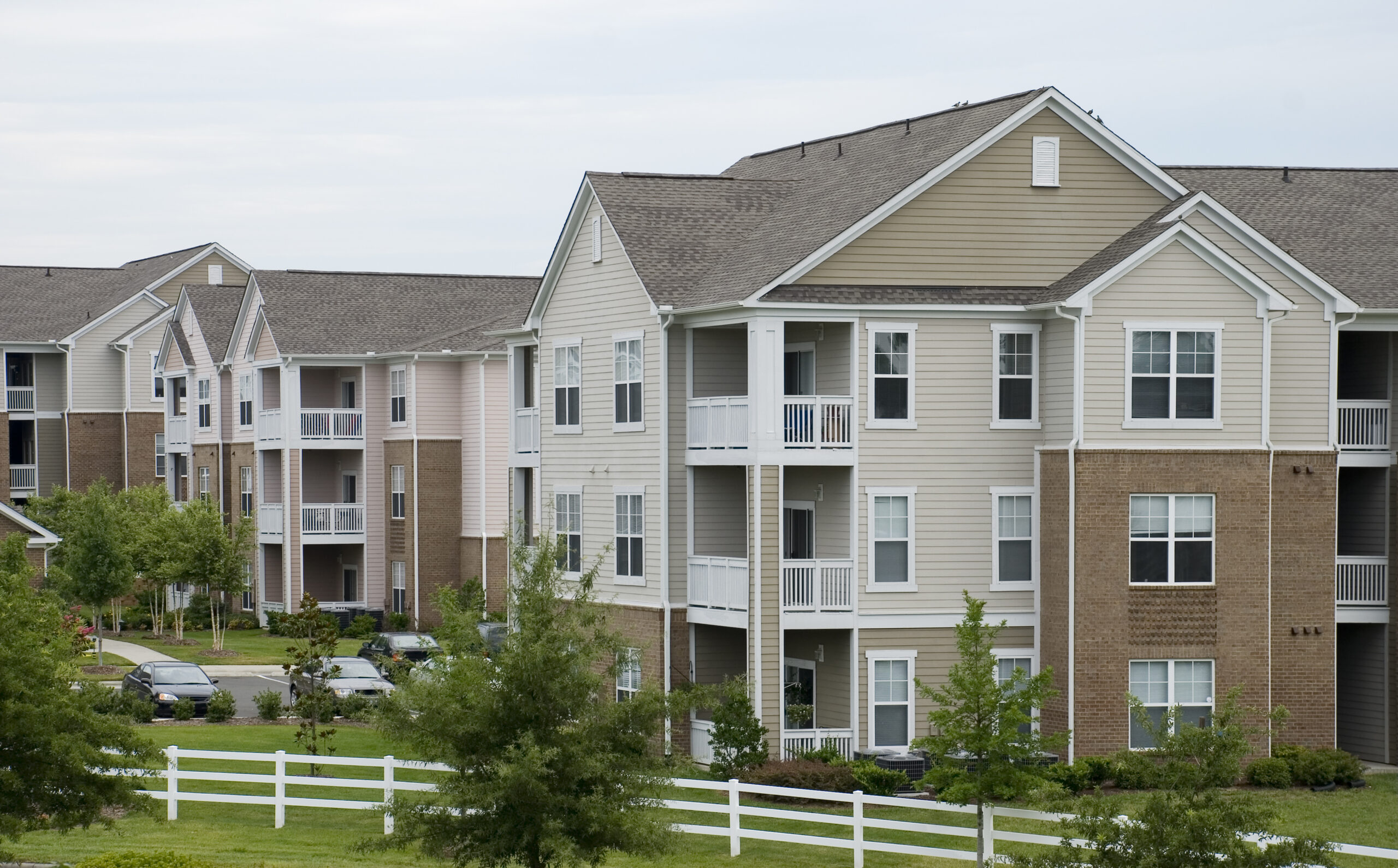Financing Workforce Housing: A Stable and Value-Add Investment

Fannie Mae and Freddie Mac, which operate under the Federal Housing Finance Agency’s Duty to Serve Plan, have made financing workforce housing a central component of creating more equitable and sustainable access to quality rental housing. With a wide range of programs and incentives now available, investors have been increasingly securing stable and valuable opportunities, which can also improve the lives of cost-burdened middle-income professionals.
What is Workforce Housing?
Workforce housing is a type of rental housing that is affordable for households earning between 80% and 120% of the Area Median Income (AMI). Middle-income workers, including teachers, healthcare professionals, and municipal workers, who don’t qualify for other affordable housing options, such as Section 8 Housing Choice Vouchers or Low-Income Housing Tax Credit (LIHTC), may be eligible if they earn below 60% of AMI and are struggling with local housing costs.
Workforce housing preservation is a win-win for tenants and borrowers because these types of properties provide:
- Lesser Documentation Burden: Tenant income tests and third-party rent monitoring, for example, are less common than with traditional affordable housing programs.
- Timely and Cost-Effective Solutions: Preservation and rehabilitation projects can be completed more quickly than building new units.
- Community Stability: By keeping residents in place, workforce housing preserves social networks and maintains access to jobs, schools, and essential services.
Key Drivers of Tenant Demand
More than one million new rental households have formed in recent years, with 80% classified as rent-burdened, meaning they spend more than 30% of their income on housing costs. Only one in six renters earning less than 80% of AMI receives any form of housing assistance, leaving a major gap in housing options for middle-income workers. The sharp growth in cost-burdened renters, combined with short supply and low workforce housing vacancy rates compared to luxury properties, has created both a vast need and an investment opportunity.
Advantages of Loan Products Financing Workforce Housing
Workforce housing has historically proven resilient during all market cycles. Essential workers often maintain employment during downturns, and the affordable rent structure provides a buffer against market volatility.
It is an ideal investment for borrowers looking for stability in their portfolios, which usually features:
- Lower Interest Rates and Competitive Pricing: Government-sponsored enterprise (GSE) workforce housing programs typically offer more favorable financing terms than conventional multifamily loans.
- Higher Occupancy and Retention: High retention rates reduce turnover costs and vacancies, while greater percentages of on-time payments create steady cash flows.
- Streamlined Processing: Programs financing workforce housing offer speed in underwriting and processing, allowing investors to move quickly on opportunities and reduce carrying costs during the approval period.
- Positive Community Impact: These properties contribute to community stability and economic development, which can preserve long-term value.
What Types of Properties are Eligible?
Workforce housing loan products are designed for conventional, stabilized multifamily properties where the borrower commits to restricting a portion of the units as affordable to households earning between 80% and 120% of AMI.
The specific requirements vary by program, but generally include:
- Existing multifamily properties with proven operating histories.
- Properties where at least 20% of units will be affordable to the target income range.
- Assets in markets with demonstrated workforce housing demand.
Freddie Mac’s loan program offers additional flexibility, extending eligibility to seniors housing and manufactured housing communities.
Fannie Mae and Freddie Mac Workforce Housing Financing
Both Fannie Mae and Freddie Mac offer workforce housing products with distinct advantages in terms of loan-to-value ratios, interest rates, and prepayment flexibility, allowing investors to select the product that best fits their unique needs.
- Fannie Mae Sponsor-Initiated Housing (SIA): Offers lower borrowing costs when borrowers preserve a minimum of 20% of units affordable for those renters earning 80% or less of AMI.
- Fannie Mae Sponsor-Dedicated Workforce Housing (SDW): Provides sponsors of conventional properties with a minimum of 20% of the units affordable to renters earning 80% of AMI for the life of the loan.
- Freddie Mac Workforce Housing Preservation: This program specifically targets the preservation of existing workforce housing, offering favorable terms for properties serving households earning up to 120% of AMI.
Partner with Arbor’s Experienced Team to Tap the Potential of Workforce Housing
The outlook for workforce housing remains strong as demand remains robust. Success in this sector requires a lender with strong agency relationships, an understanding of local market dynamics, and the ability to execute complex financing structures.
Ready to unlock the full potential of workforce housing financing? Get in touch to explore how Arbor’s programs can enhance your portfolio’s performance.
Interested in the multifamily real estate investment market? Contact Arbor today to learn about our array of multifamily, single-family rental, and affordable housing financing options or view our multifamily articles and research reports.

